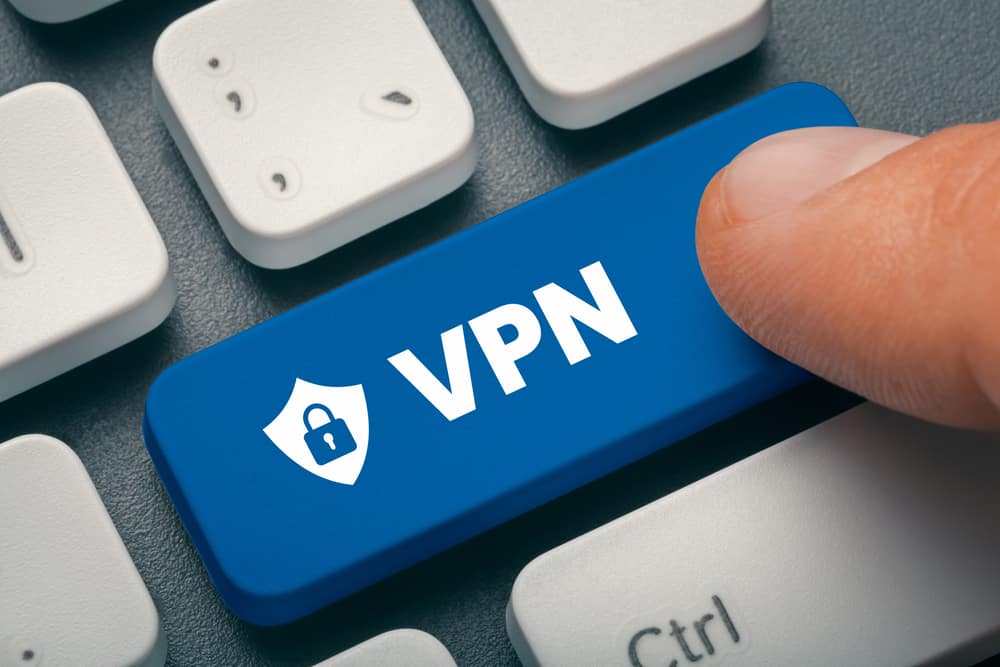
Setting up the virtual private network (VPN) on the router is one of the best ways of improving the internet and digital security. It can be used to protect the entire network as all the devices are connected to the same internet, promising better security standards. In simpler words, connecting Surfshark VPN on the router means all your consoles, TVs, smartphones, laptops, and PCs are connected to a secure internet connection and won’t have any security compromises. So, let’s see how you can set up the router with Surfshark.
How To Set Up Surfshark VPN On Router
It is important to configure Surfshark VPN on the router because it’s a handy solution to secure the connection. In addition, it’s a great way of securing the connection on gaming consoles and smart TVs without having to create a separate connection. In fact, Surfshark VPN cannot be installed on some devices, which is why it’s suggested to connect it to the router to secure all the connected devices. So, in the section below, we are sharing how you can set up the VPN on the router;
- Open the internet browser on your router-connected device and use the router’s IP address to search for the router’s interface
- When the router interface turns on, you can add your account credentials to sign in
- Now, open the settings and go to the VPN tab (you might have to look in the advanced tab)
- Then, click on “add new VPN”
- Add your Surfshark VPN account details
- Click on the “save changes” option and your router will be connected to the VPN, promising a secure connection
These steps are enough to set up the Surfshark VPN on the router and make sure all the devices are connected to a secure connection. However, for the VPN to work on the router, you need to ensure that the router is compatible. In the section below, we are sharing how you can check the compatibility of your router for connecting to the Surfshark VPN;
- Go through the user manual of your internet router and you have to look for the L2TP and/or OpenVPN instructions as it’s an indication that the router can be connected to the VPN
- Look for the router’s model and search it online to check the features. The online pages usually have in-depth specifications added to show if they can be configured with a VPN
- Sign in to the internet router and look for the L2TP and OpenVPN client because it’s the simplest way of determining if the router can take on the VPN connection
- Lastly, you can call your router’s customer support to ask if it’s VPN-compatible
On the other hand, if you have checked from all these four angles and the router doesn’t seem compatible with the VPN connection, you can try the following points;
- Try updating the firmware or software of your router to make sure it’s integrated with all the advanced features and configurations. This is because the router manufacturers often add new features through a firmware update and VPN compatibility could be one of them
- Secondly, you can opt for the DD-WRT file and install it on your router to make it a VPN-compatible router
So, are you ready to configure Surfshark on the router?